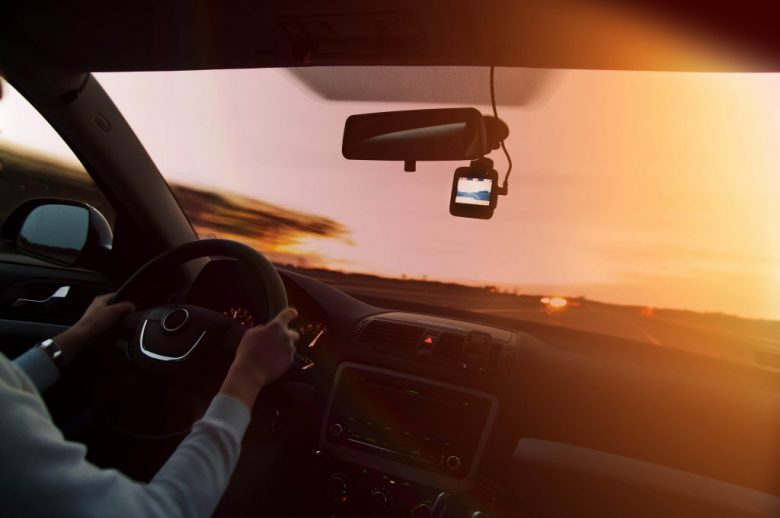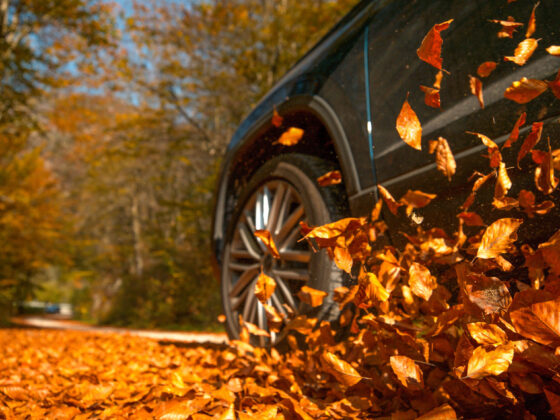Whenever we talk about challenges to road safety while using the road, things like bad weather, rain, and snow quickly come to mind. We tend to forget that even in near-perfect weather conditions, there are situations which still pose danger to drivers when not taken into proper consideration. The visual conditions of the dawn and dusk hours are one of those things to always consider if you happen to find yourself driving during those hours.
Use eTags© to Quickly Complete Your DMV Service. Renewals, Title Transfers and More, All Online!
The issue with driving in the early evening (dusk) and early morning (dawn) hours is the low visibility that results from position of the sun and sometimes unbearable glare. The dangers of low visibility for drivers are as real during sunrise and sunset as they are during bad weather conditions.
How to Drive Safe at Sunrise and Sunset
The first step to safety when driving at dawn or dusk is recognizing and accepting the fact that road visibility is considerably reduced during these periods. Doing so and taking the necessary safety precautions will help to minimize the dangers of driving during these hours.

- Your car comes with a sun visor. Use it. Yes, that is our first and maybe most important tip.
- Dusk and dawn hours are periods when the sun is more likely to shine directly into your eyes. Watch out for this possibility to avoid being hit by the wave of momentary blindness that usually results from this.
- Although they are not usually very effective during these hours, by all means, use your headlamps for better illumination especially in road portions with deep shadows. Your tail lights will also help to make your car more visible to vehicles behind you.
- Sunrise and sunset are usually periods of peak exhaustion for drivers after a long day or a long drive through the night. Stay alert to reduce the chances of drifting into sleep while steering. Also watch out for vehicles drifting unnecessarily outside their lane.
- Always keep a safe distance between your car and the vehicle in front. Also make frequent use of your rear view mirror to watch out for any vehicles closing in rapidly on you from behind.
- Ensure that your windshield is clean and free of dust, dirt, or anything that may obstruct your view. A good tip for driving at anytime of the day.
- Speeding is bad anytime but its even worse when you do it during periods of reduced or comprised visibility like dawn and dusk. Obey they speed limit and slow down when you have to if the glare is too much.
- As your eyes adjust to changing light conditions, your peripheral vision, color contrast perception, and depth perception will shift accordingly. Be aware of these vision changes associated and allow you eyes to adjust appropriately without taking your eyes off the road.
As pointed out earlier, the first step to staying safe while driving at dusk or dawn is accepting that the associated dangers are real, and can be avoided by taking necessary precautions. Bear in mind that road safety is a collective responsibility for all road users, and that by taking responsible action while on the road; we are better able to ensure safer roads for all.








